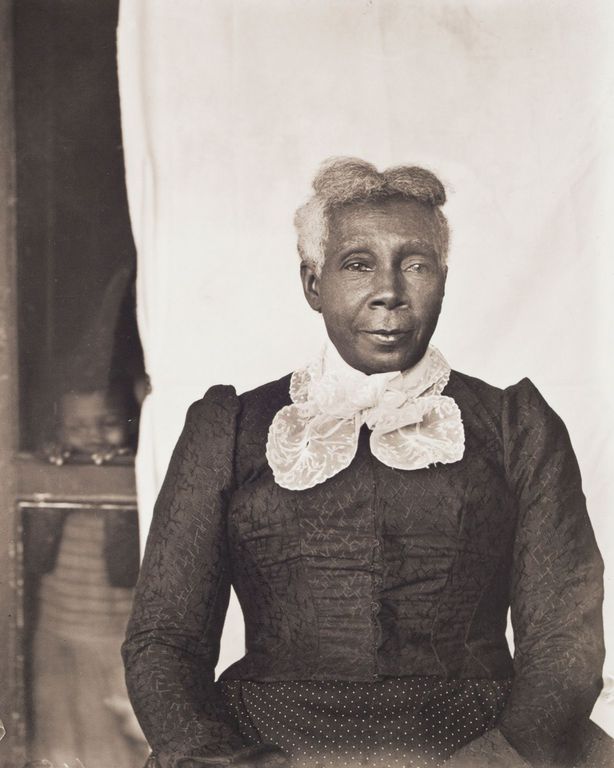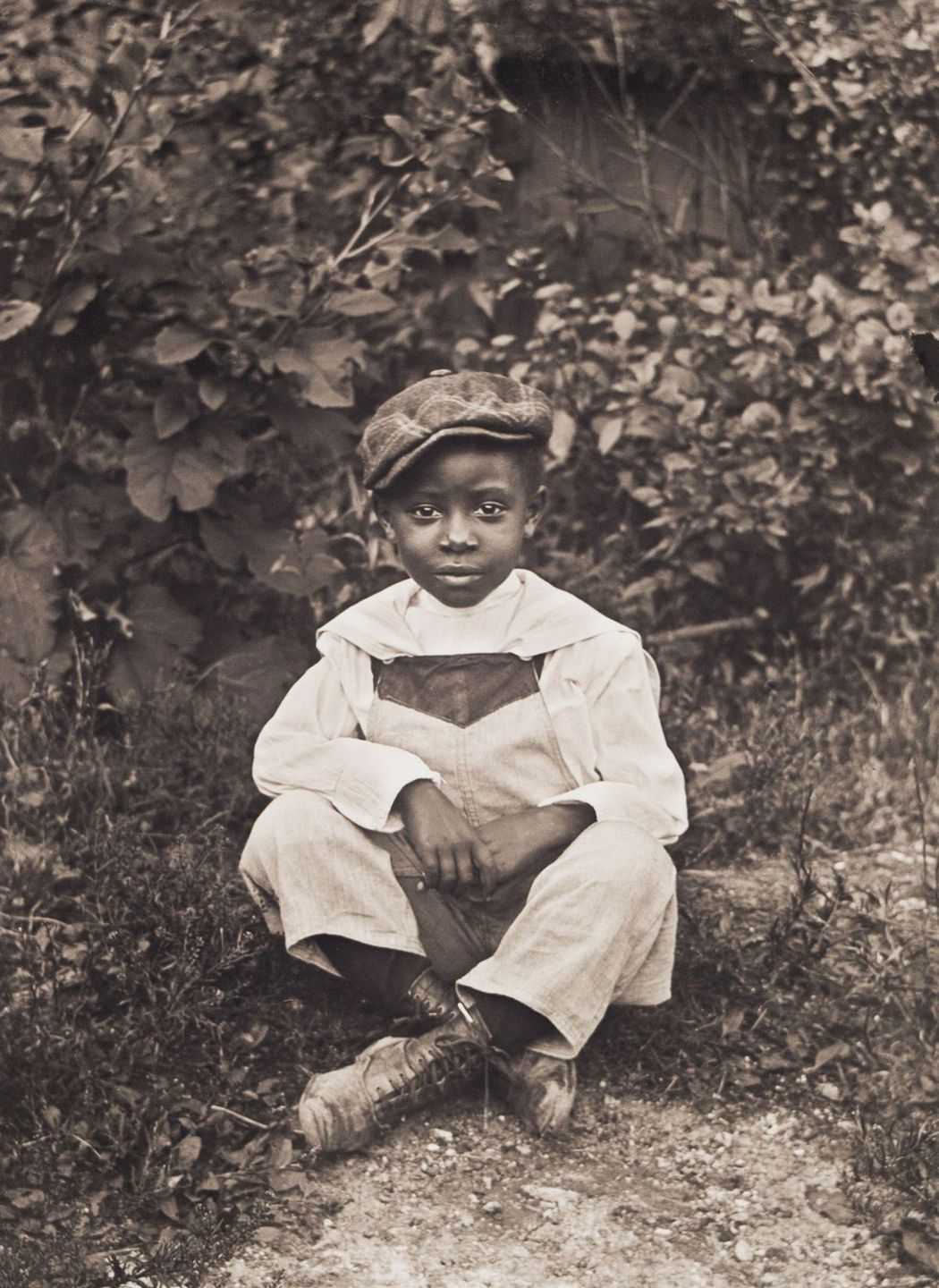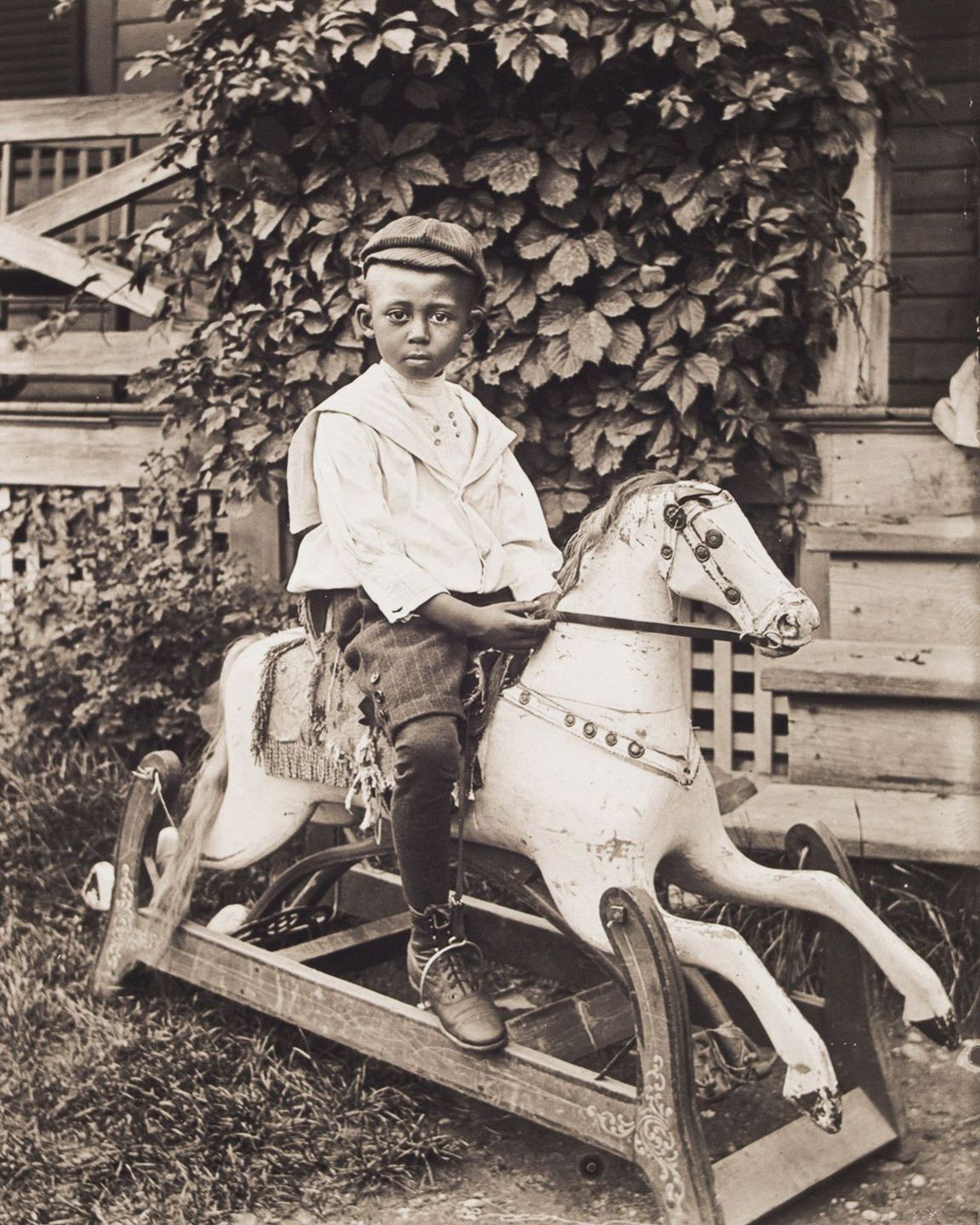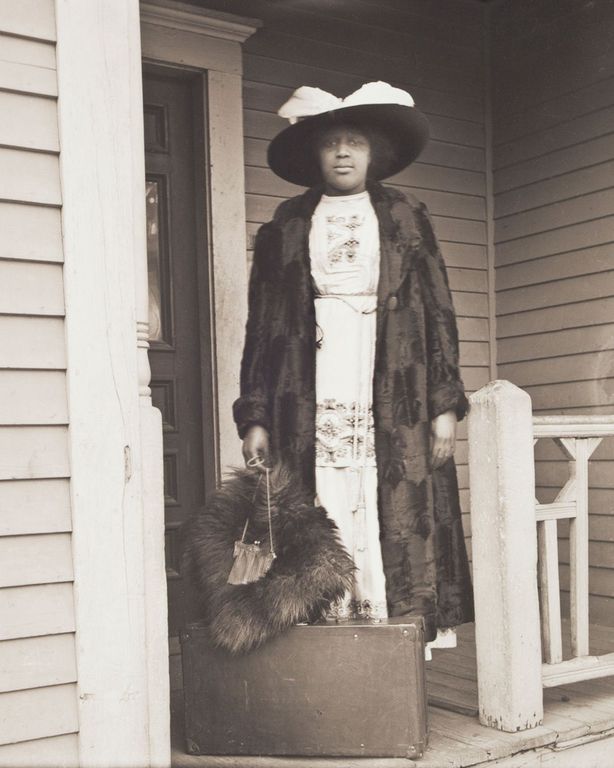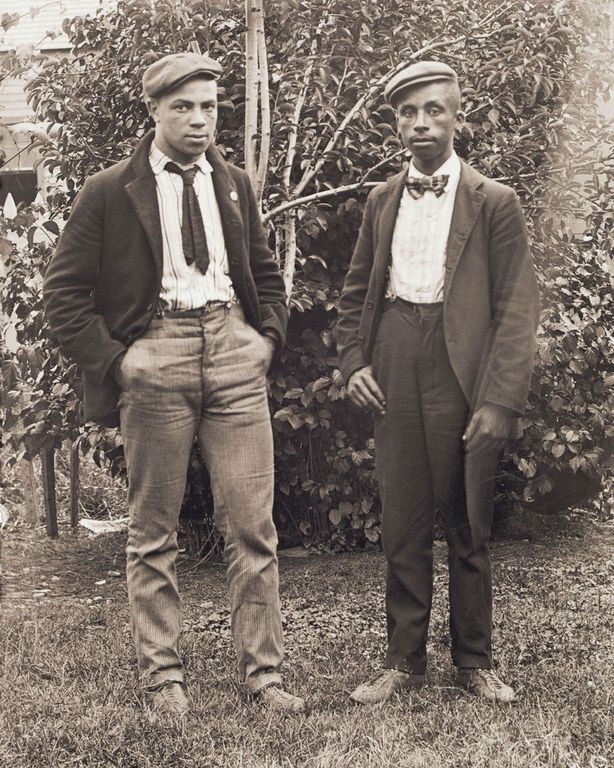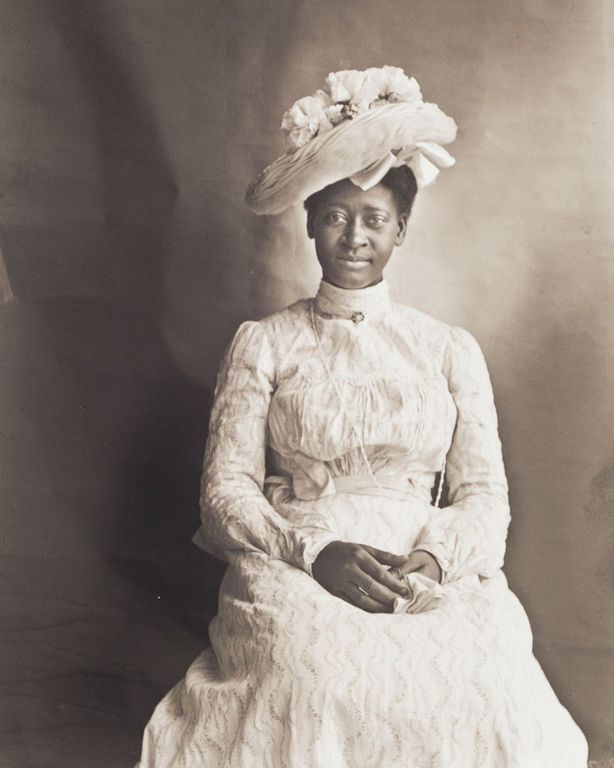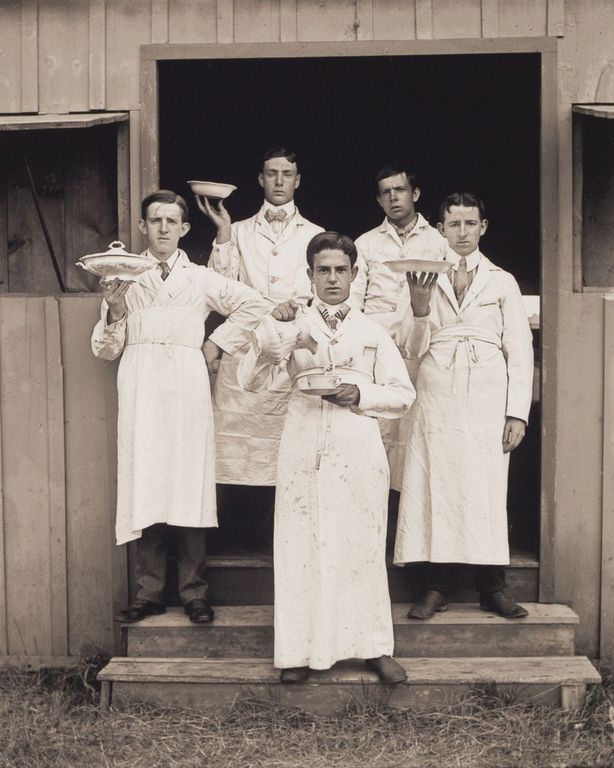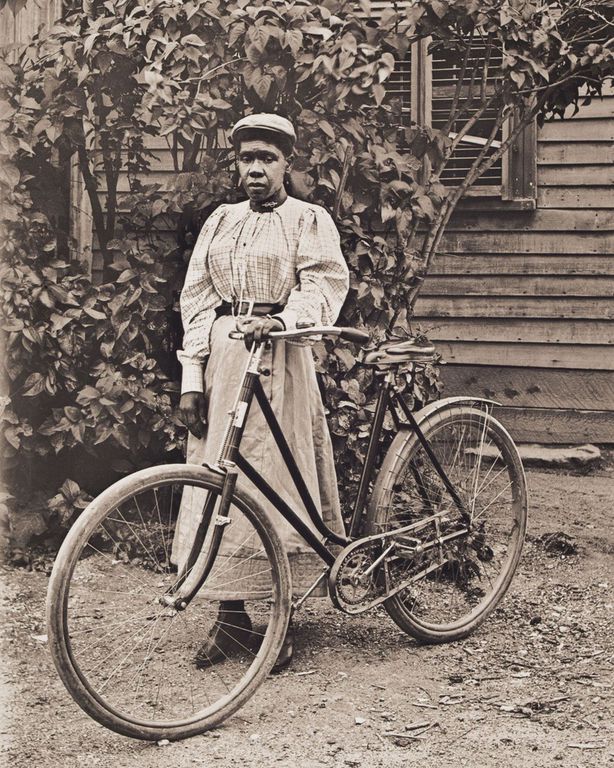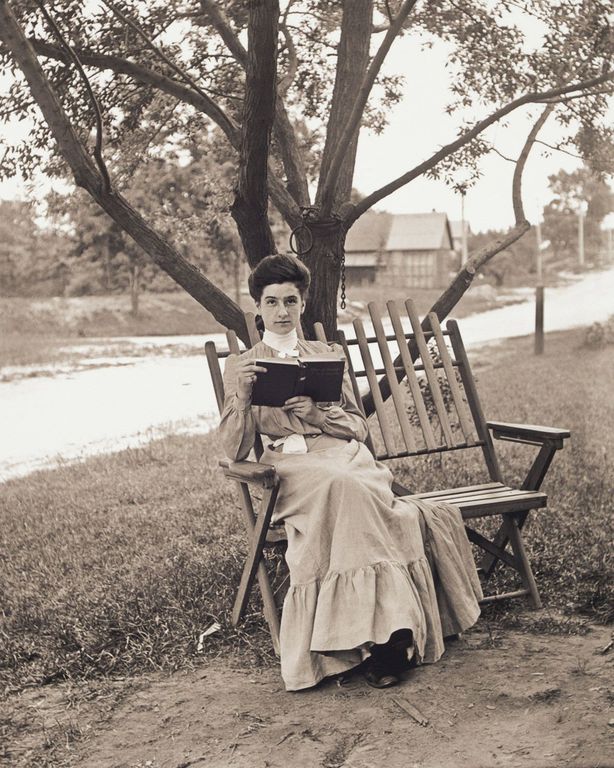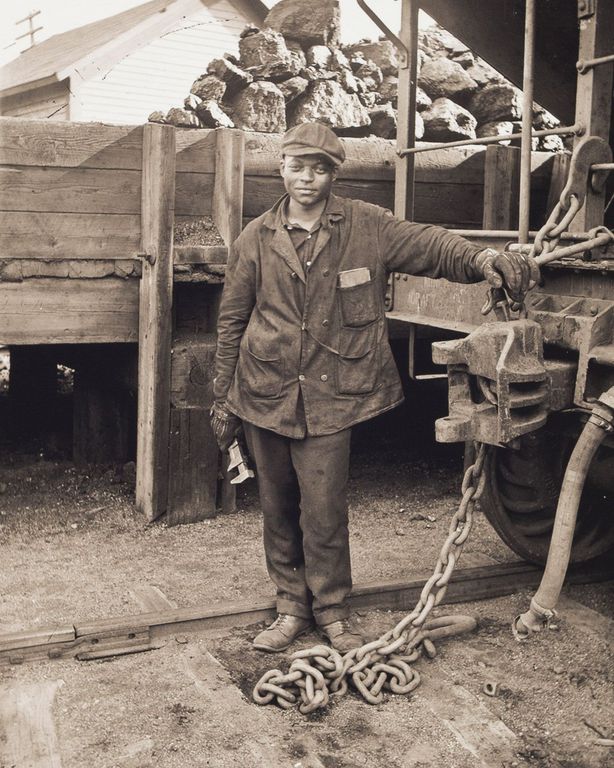William Bullard toured his native Worcester, Massachusetts, by bicycle as a professional photographer. From 1897 to 1917, Bullard, who was white, took portraits of his predominantly black and Native American neighbors in Beaver Brook. He kept notes on his sitters, and thanks to the work of students at Clark University, we can link names to the subjects.
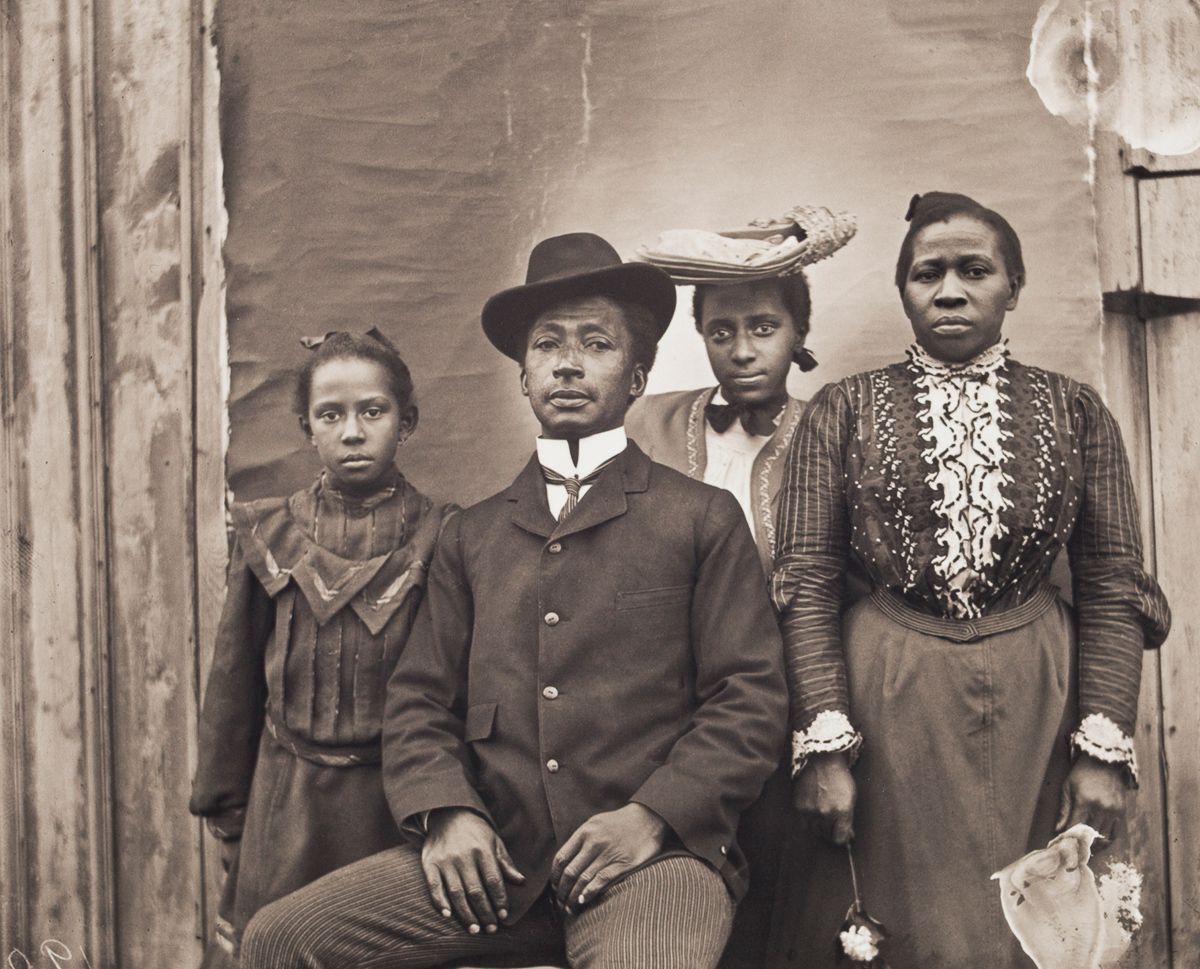
1900
Portrait of James J. and Jennie Bradley Johnson Family. James J. Johnson, of Nipmuc, Narragansett, and African American descent, and Jennie Bradley Johnson, a migrant from Charleston, South Carolina, pose with their daughters Jennie and May. James worked as a coachman and belonged to the King David Masonic Lodge. He died soon after this portrait was taken. Jennie later worked as a laundress.
Excerpt from Reimagining Worcester’s Community of Color: The Bullard Portraits, 1897–1917 by Janette Thomas Greenwood
Between 1897 and 1917, white itinerant photographer William Bullard made over 225 portraits of people of color, most of whom resided in Bullard’s Worcester neighborhood, Beaver Brook. Thirty-six of them are of the Perkins family, the largest number of any single family. Typical of the South ern migrants who settled in the city in hopes of a better life, the Perkins family became part of a small but dynamic community of color made up of people of both African American and Native American descent, black Yankees with deep roots in Massachusetts, and a handful of migrants from the Caribbean…
The Perkins family was one of many Southern black migrant families that settled in Worcester beginning in the era of the Civil War. Natives of Camden, South Carolina, where they had been slaves of the prominent Chesnut family, Edward and Celia Perkins realized the dream of emancipated slaves by purchasing over two hundred acres of Chesnut plantation land in 1869. For former slaves, only family mattered more than land, and less than five years after slavery, Edward and Celia rejoiced in both. They worked the soil on Knights Hill within a stone’s throw of Edward’s parents, sisters, and brothers. With a strong military presence in Camden and the Republicans holding power in the state, Edward and Celia’s world seemed full of possibility. But their dreams would be short-lived. White backlash against black progress fueled the rampant terrorism of the Ku Klux Klan. A national depression coupled with dropping cotton prices made it impossible for the Perkinses, along with other local farmers, to keep up with mortgage payments. In the spring of 1876, they sold a sixty-acre parcel of their farm. That same year, through violence and intimidation, the state’s conservative white “redeemers” captured the state government, ending Reconstruction in South Carolina. Three years later, in 1879, Edward and Celia lost the rest of their property at a sheriff’s sale. They then turned north to make a new start, and headed for Worcester, Massachusetts, where they joined Celia’s sister Mary Stroyer, already residing in the city. Before long, other family members journeyed to Worcester: Edward’s sister Rose, brothers Abraham and Thomas, nephew Isaac, and niece Patsy. Toiling in “negro jobs,” as teamsters, hostlers, laundresses, and domestic servants, the Perkins family built a new life in the North.

c. 1901
Portrait of Isaac (Ike) Perkins Wearing a Top Hat. Ike Perkins was a member of the Improved Benevolent Order of Elks of the World and posed for Bullard informal wear, worn by Elks for special ceremonies. Ike died in 1920 during a flu pandemic.
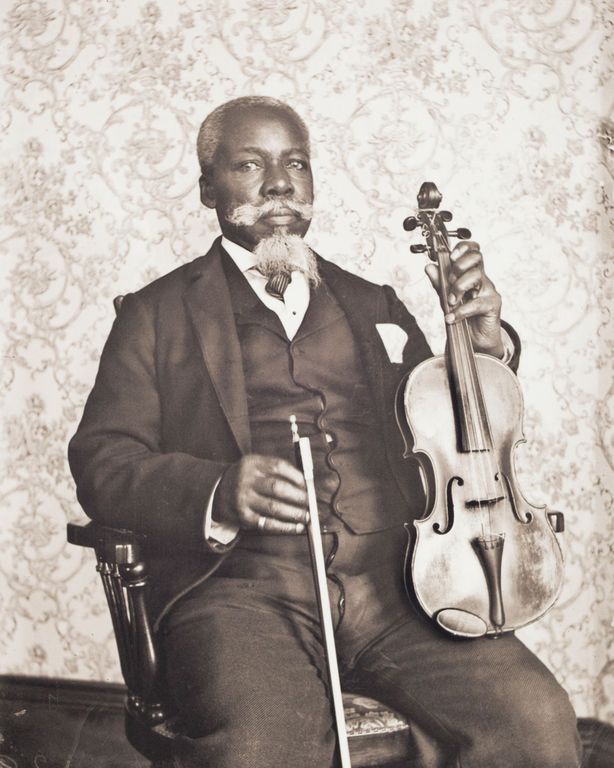
c. 1900
Portrait of David T. Oswell with His Viola. David Oswell, born in Boston, emigrated from St. John’s, New Brunswick, Canada, to Worcester in 1877. Oswell taught violin and guitar to prominent white families, writing musical scores performed throughout the city.

c. 1900
Portrait of William Ward. Born in New Bern, North Carolina, in 1880, William Ward was part of an extended family that began migrating to Worcester soon after the Civil War. He worked as a driller at the Harrington & Richardson arms factory in the Beaver Brook neighborhood.
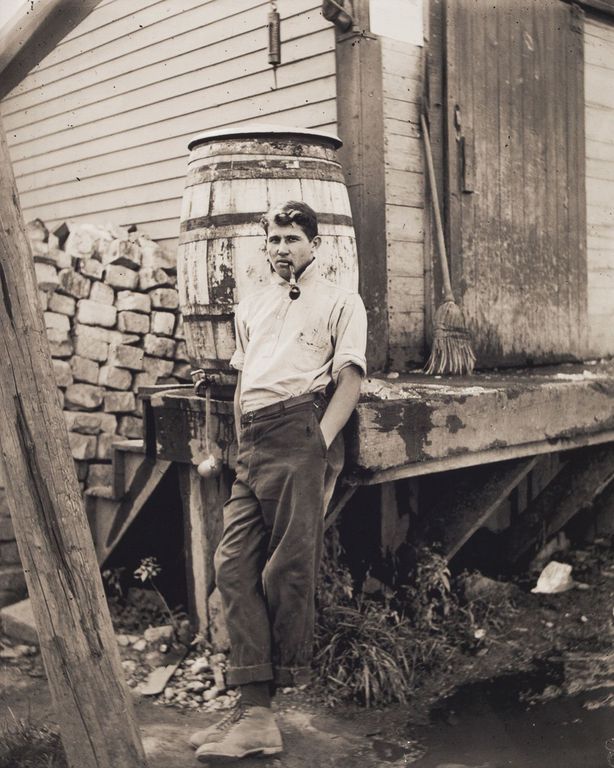
c. 1900
Portrait of Lon Edwards. Though Bullard lacked a professional photography studio, his logbook indicates payment for some of his neighborhood photographs. Lon Edwards paid twenty-five cents for this portrait.

c. 1902
Portrait of Zenobia Clark. Claude and Zenobia Clark were the children of barber Joseph C. Clark, a migrant from South Carolina, and Laurie Harden Clark, born in Georgia.
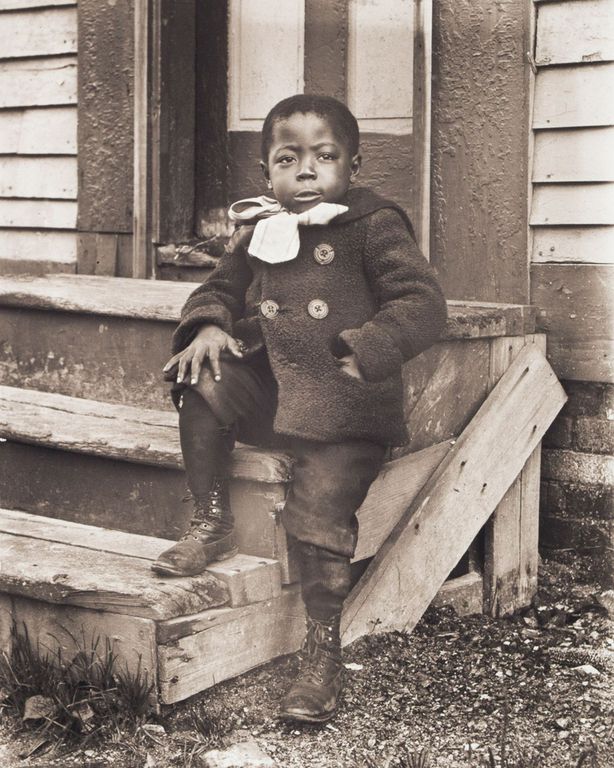
c. 1902
Portrait of Ralph Mendis. Ralph Mendis was born in 1897 and is seen here at about age five. His mother, Frances, was part of the New Bern, North Carolina, migration to Worcester. His father was one of a handful of Jamaican immigrants who resided in the city.
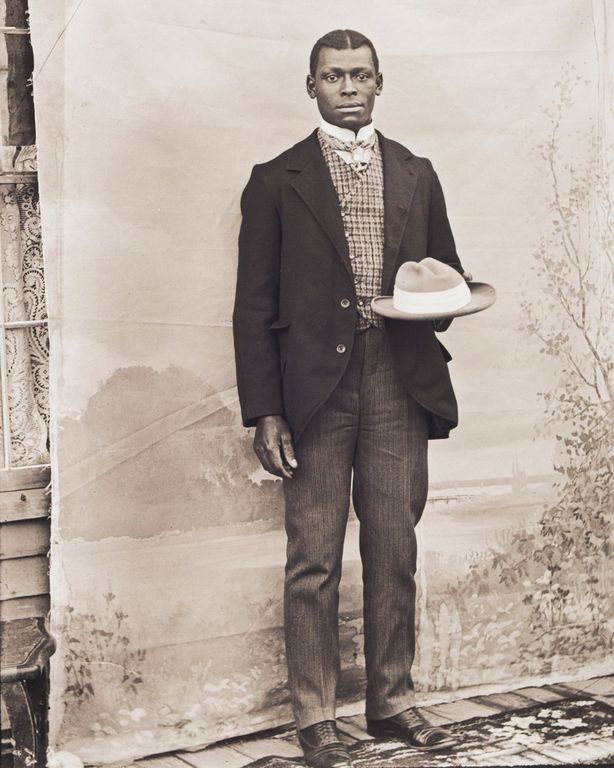
1900
Portrait of Richard G. Brown. Richard G. Brown was born in Virginia and worked as a laborer in a Worcester broom factory. In 1904, he opened a restaurant, Richard G. Brown & Co.
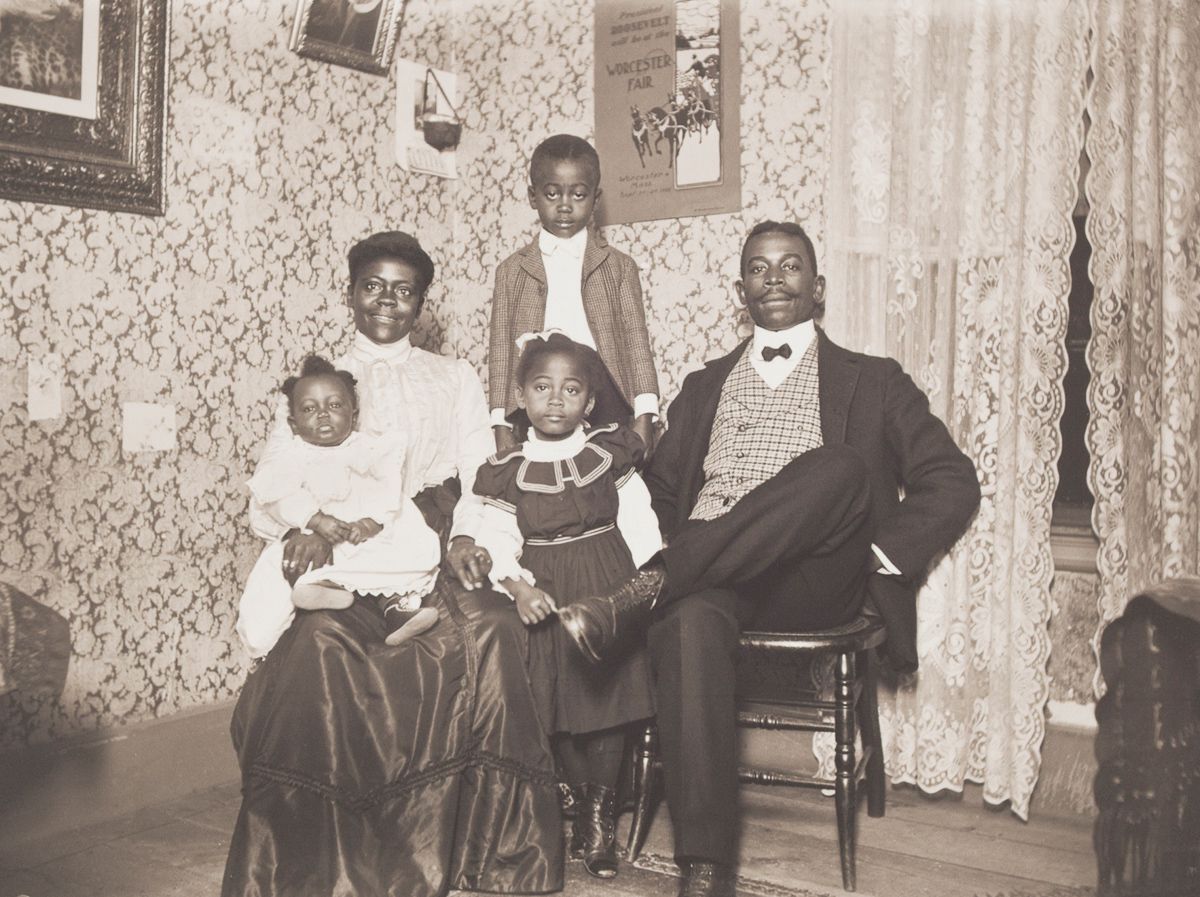
c. 1904
Portrait of the Thomas A. and Margaret Dillon Family. Virginia-born coachman Thomas A. Dillon and his wife, Margaret, a domestic servant and native of Newton, Massachusetts, pose in the parlor of their home at 4 Dewey Street with children Thomas, Margaret, and Mary. A poster on the wall commemorates President Theodore Roosevelt’s visit to the Worcester Agricultural Fair in 1902.

c. 1904
Portrait of Raymond Schuyler and his Children, Ethel, Stephen, Beatrice, and Dorothea. A native of Troy, New York, Raymond Schuyler migrated to Worcester in 1887 to work for the Worcester Wire Works and later worked for the Boston and Maine Railroad. Active in All Saints Episcopal Church, the Masons, and Knights of Pythias, Schuyler was the oldest member of the Worcester Chapter of the National Association for the Advancement of Colored People when he died in 1956.
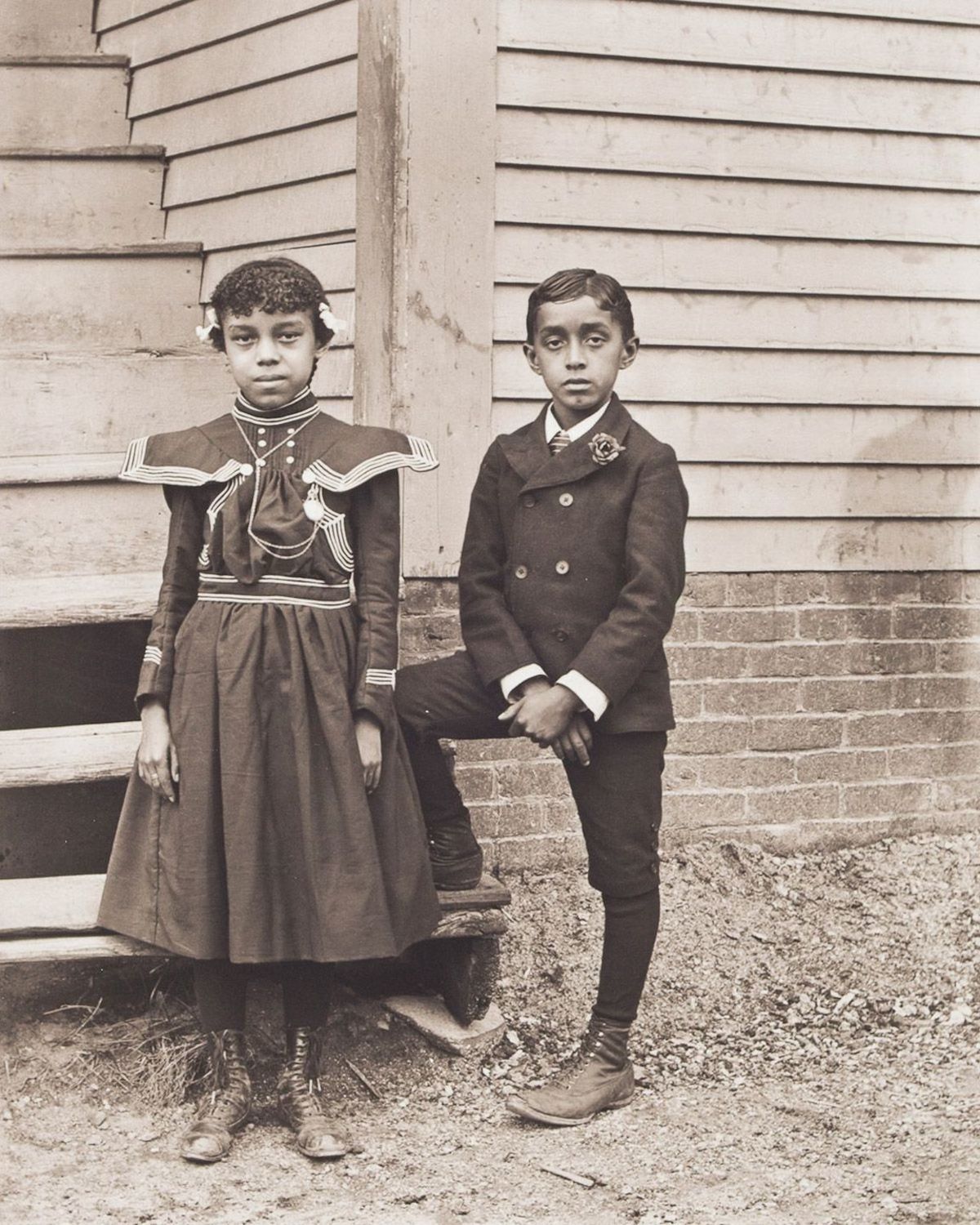
c. 1901
Portrait of Susie Idella Morris and Harry Clinton Morris. Susie and Harry Morris were the children of barber Sandy Morris, a migrant from New Orleans, and Susie Arkless Morris, of Narragansett descent. They were the great-great-grandchildren of Sampson Hazard, a Revolutionary War veteran.
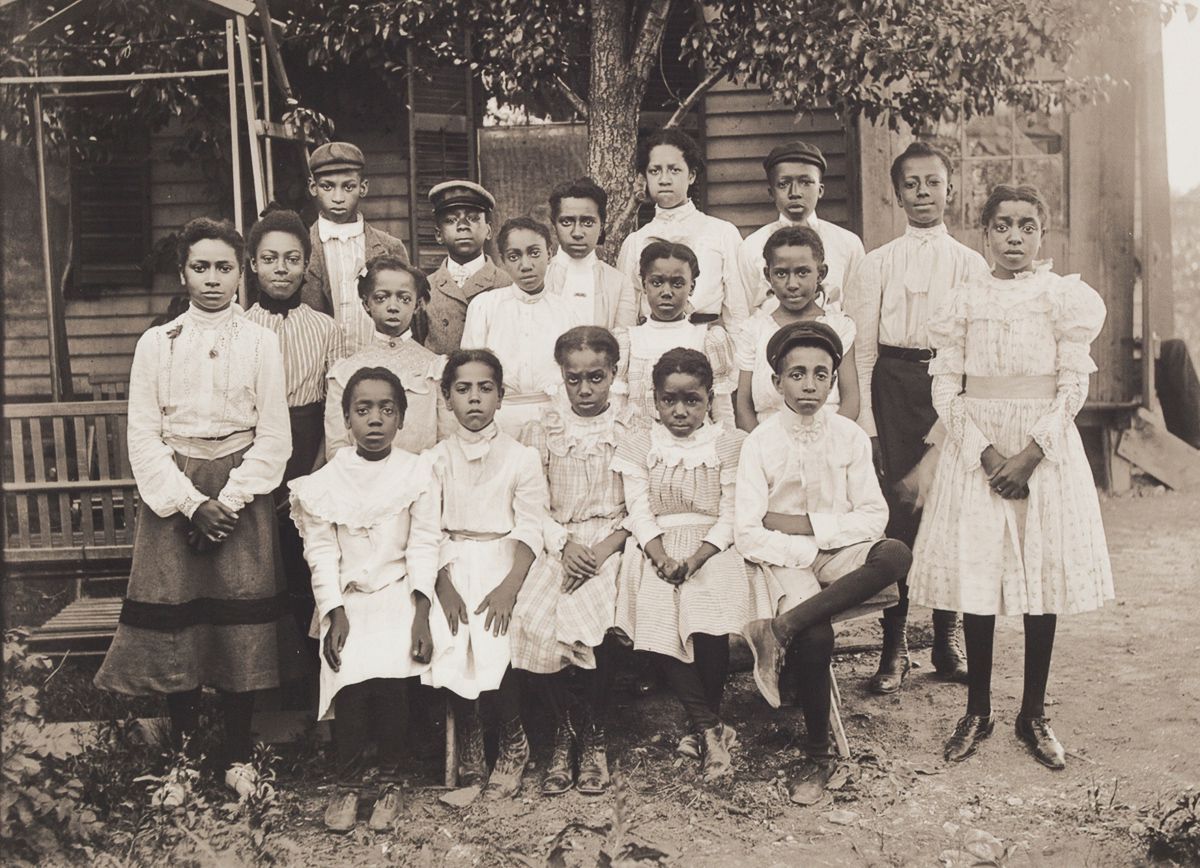
c. 1901
Portrait of Eighteen Girls and Boys at Sunday School. These girls and boys are probably Sunday School students from Bethel AME Church, dressed in black and white for the communion service held once a month, a tradition that continues to this day.
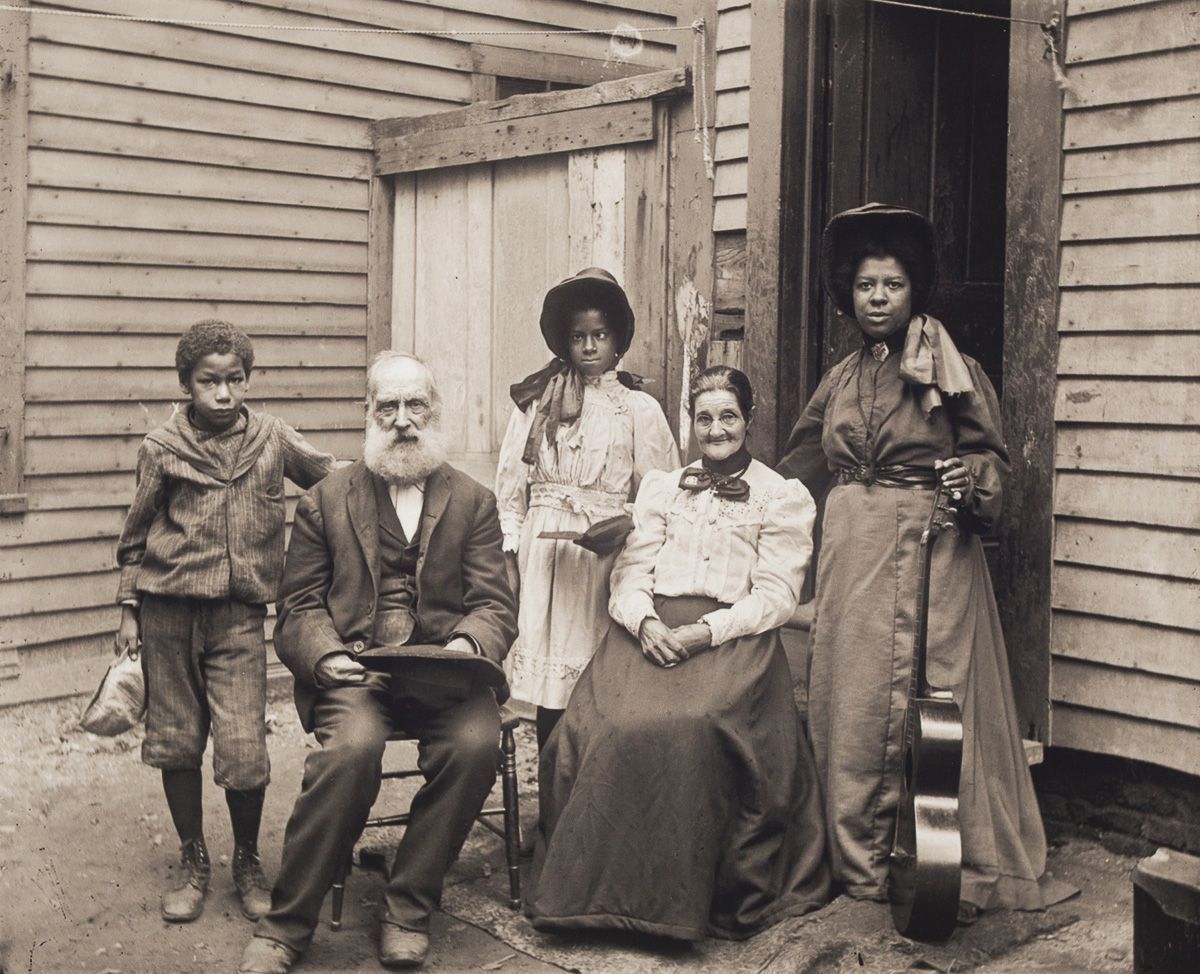
c. 1906
Portrait of a Mixed-Race Group, Including a Woman With a Guitar. This group may have been entertainers at an Old Home Days celebration, a popular event at the turn of the century held to commemorate the area’s rural past.

c. 1902
Portrait of Edward Perkins in His Garden. Camden migrant Edward Perkins poses in his lush garden of collard greens in the Beaver Brook neighborhood, demonstrating the literal transplantation of Southern culture to the North.
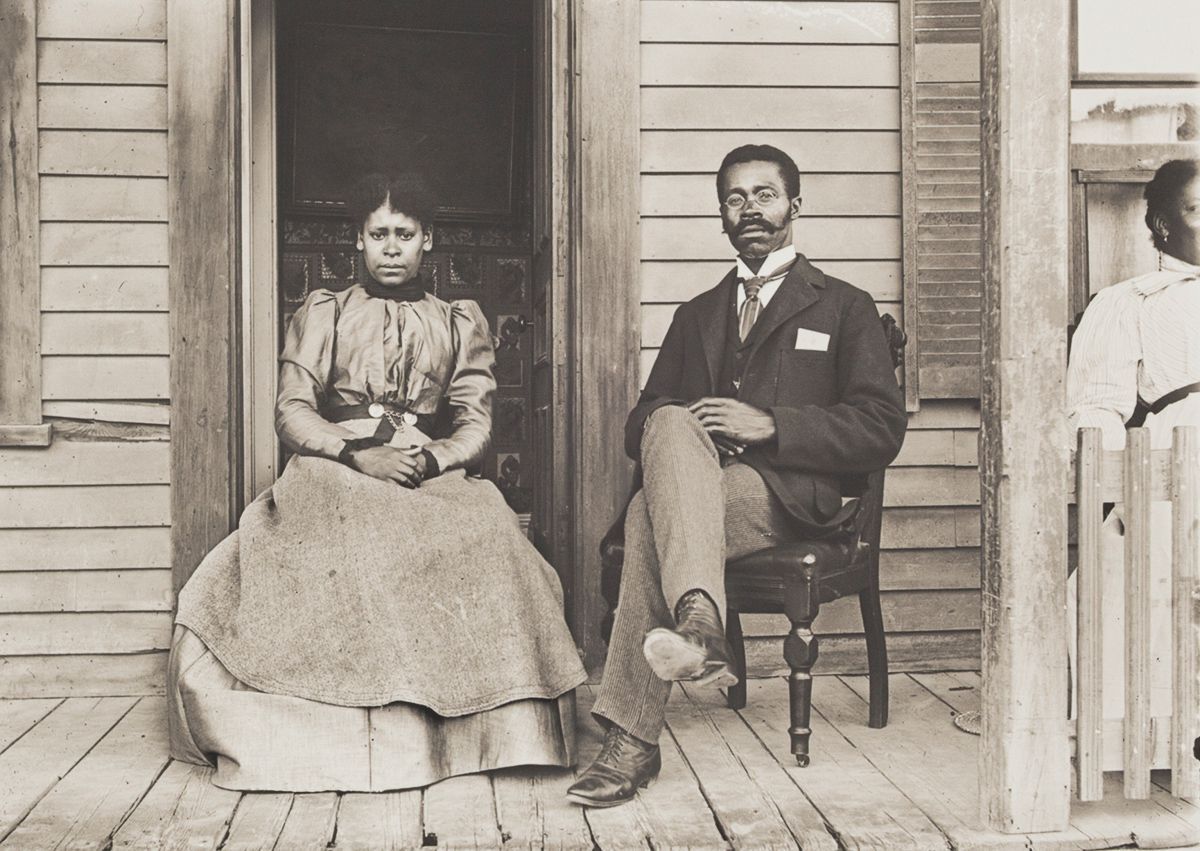
c. 1902
Portrait of Betty and Willis Coles. Posing on the porch of their home on Park Avenue, these Virginia migrants arrived in Massachusetts in the 1890s. Willis, who was a day laborer when this portrait was made, later became a pastor in Springfield, Massachusetts.
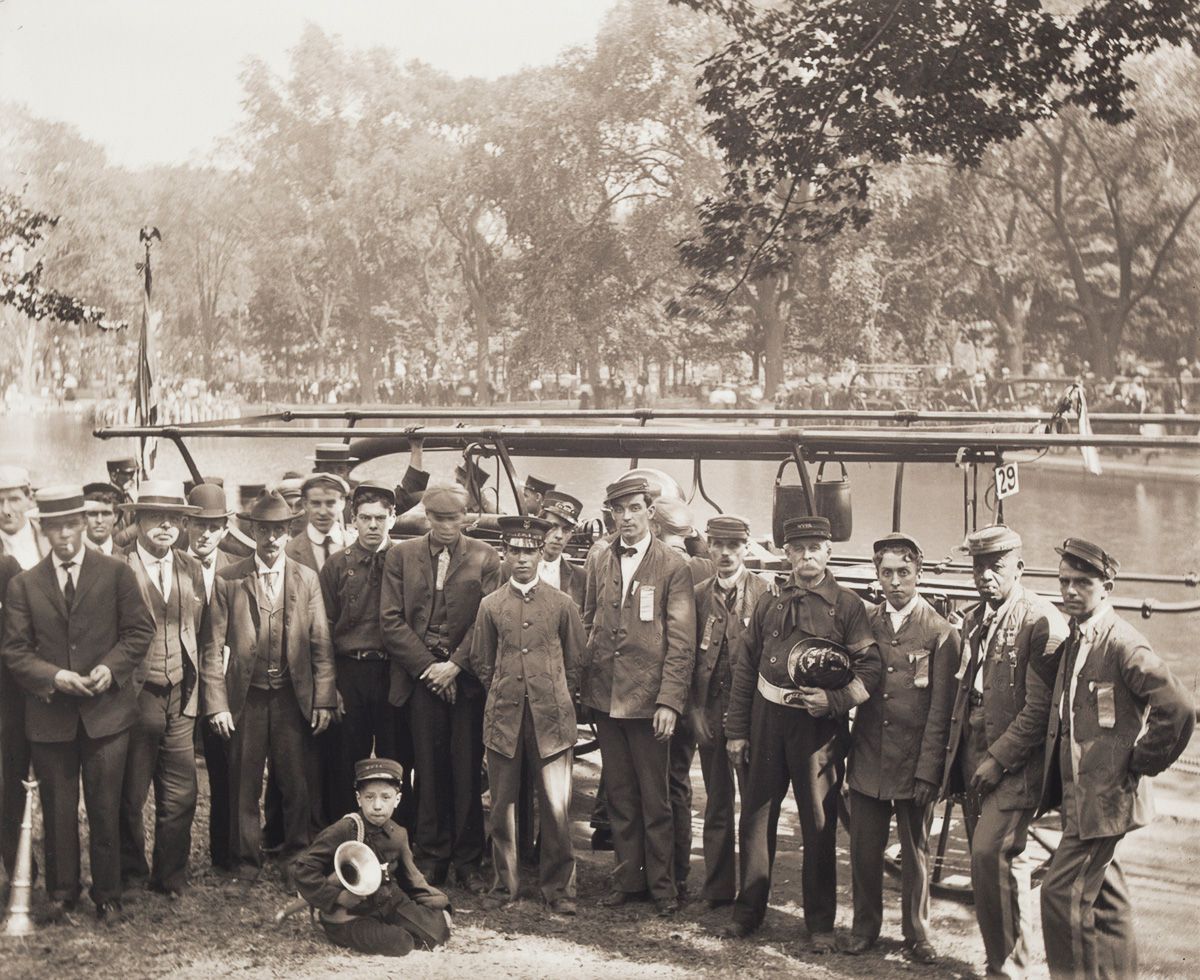
1907
Portrait of Members of the Worcester Veterans Firemen’s Association. This photograph was likely taken at a firemen’s muster in Worcester’s Elm Park. Musters usually lasted two days, attracting the attendance of thousands and consisting of skill based competitions between local and visiting fire companies.
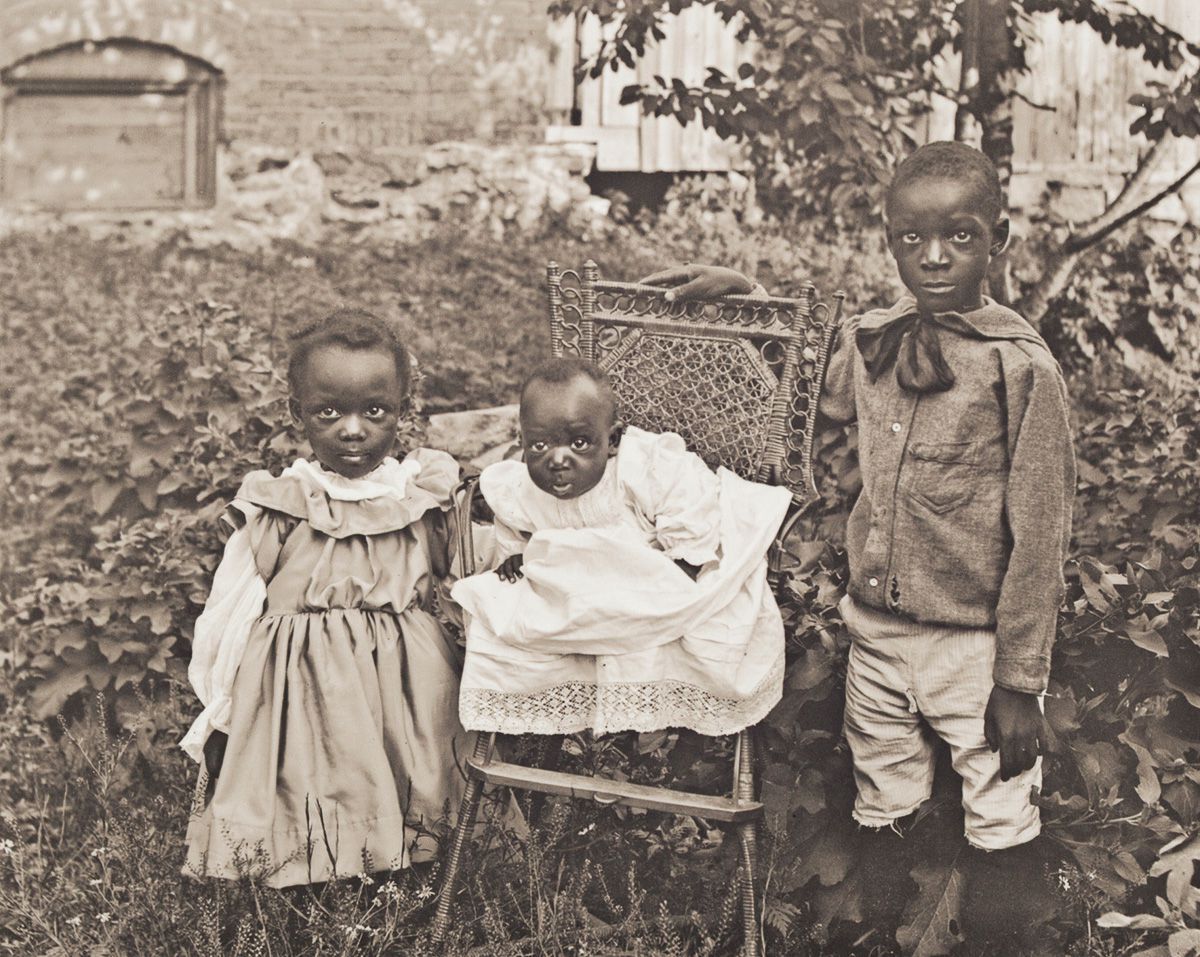
1901
Portrait of Hattie, James Harold, and Clarence Ward. Hattie, Louis, Clarence, and James Harold Ward were the children of Mary Elizabeth Ward Wilson, a migrant from New Bern. James Harold, better known as “Boot,” eventually became a jazz drummer. Given the moniker “Hooks,” Clarence became the proprietor of a restaurant. Hattie worked as an assistant in a dentist’s office.
Via Rediscovering an American Community of Color: The Photographs of William Bullard an exhibition at the Worcester Art Museum.
Would you like to support Flashbak?
Please consider making a donation to our site. We don't want to rely on ads to bring you the best of visual culture. You can also support us by signing up to our Mailing List. And you can also follow us on Facebook, Instagram and Twitter. For great art and culture delivered to your door, visit our shop.


